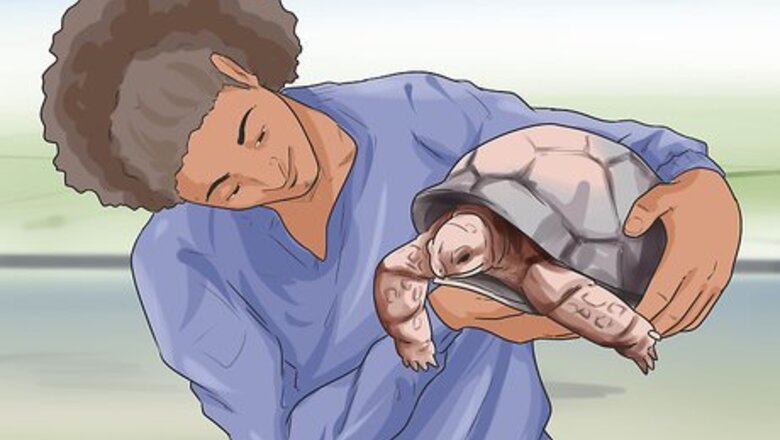
views
Determining Sex by Shell
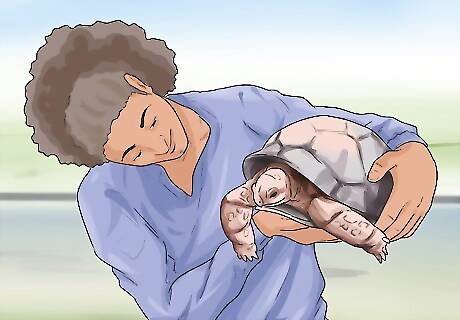
Pick up the tortoise. Hold the tortoise in both hands, being careful not to drop it. Hold the tortoise up high enough to be able to see underneath it. Do not flip the tortoise on its back. This is very stressful for the animal. If the tortoise is too big to lift above your head, try lifting it just slightly off the ground. Then, get down low enough to see underneath it.
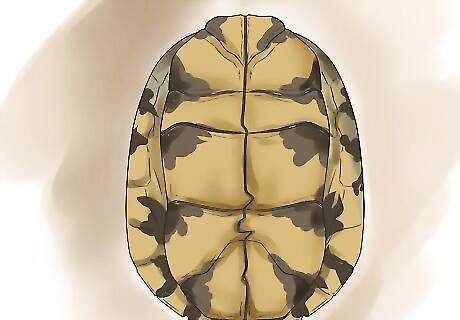
Look at the lower shell. The shell underneath the tortoise is called the plastron. Taking a look at this part of the shell is often the easiest way to tell a tortoise's sex. If the plastron is indented, or concave, it is most likely male. The concave plastron helps the male to more easily mount the female. If the plastron is flat or convex, it is most likely female. A flat or bulging plastron helps the female carry more eggs.
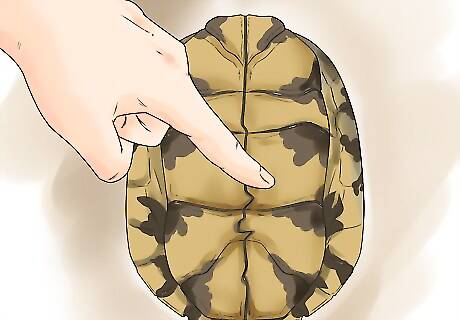
Touch the shell to confirm its shape. Determining the shape of the plastron might not be easy with only your eyes. You can feel the underside of the tortoise to determine if the shape is convex, flat, or concave.
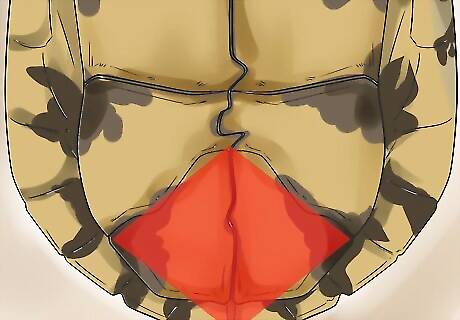
Look at the tail end of the plastron. This is called the anal scute. The scute will have an indent that is shaped like a "V" or a "U." This indent is just underneath where the tail comes out. A male's anal scute usually forms a wider, more open angle, with the points farther from the marginals to allow the tail to move freely. A female's anal scute will form a tighter angle, with points close to the marginals. This offers her more protection.
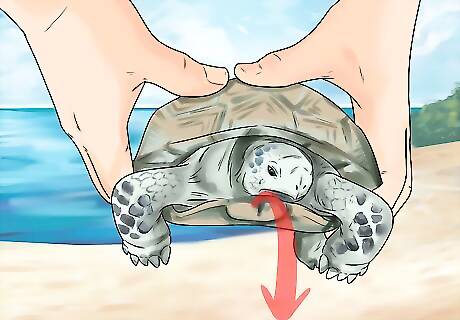
Put the tortoise back down. Don’t hold the tortoise in the air for longer than necessary. This can be stressful for them. Return the tortoise to its usual environment as quickly as possible.

Look for sex based on coloration if possible. Not all species of tortoise can be sexed based on the color of their shell. However, in general, males will have somewhat brighter coloration than females. This can be especially true when they are mating. Males are usually smaller than females, too. Red-footed tortoises are an exception. In this species, the males are generally the same size as the females.
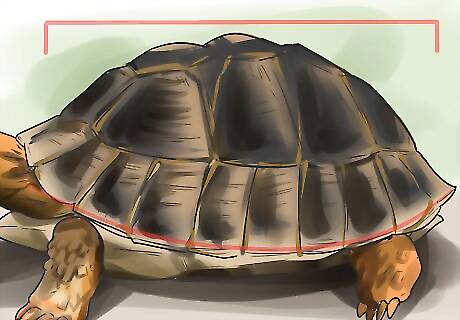
Examine the carapace. The carapace is the upper shell. In a few species, the shape of the carapace can reveal the sex of the tortoise. If you know your tortoise is one of these species, examine the shape of the shell for clues. For example: Male hinge-back tortoises have more elongated bodies, while the females are rounder. Male Hermann's tortoises will be a little bit wider at the rear than the females of the same species.
Determining Sex by Tail
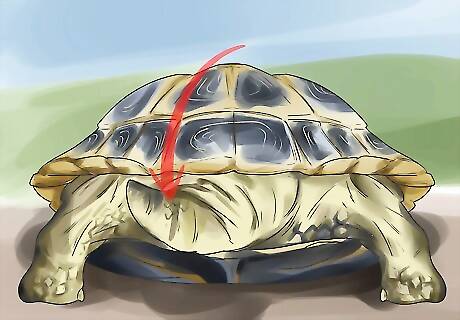
Look at the tortoise’s tail. You may be able to do this without picking up the tortoise. If the tortoise is afraid, or in a new place, it might not appreciate being picked up. You can get down to the tortoise’s level to try to see the tail. Determining sex by the tail length is great for tortoises that you cannot pick up for whatever reason.
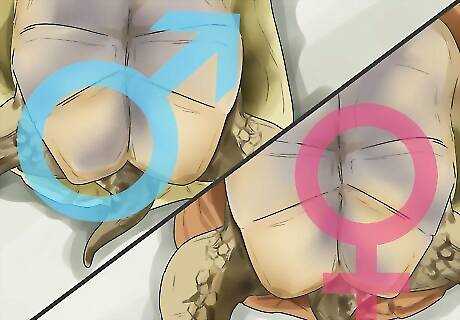
Assess the tail’s length. There is no set length of a tortoise’s tail. However, males of most species have much longer tails than the females. You may notices the male's tail moving from side to side. A female’s tail is usually shorter than the end of a cotton swab. A male’s tale will be longer than that, but still not huge.

Compare the tortoise’s tail to photographs. If you’ve never looked at a tortoise’s tail before, you might not have a sense of what is a long tail or a short tail. You can look up pictures of male and female tortoise tails for comparison. If you know the species of the tortoise, look up pictures of that specific species for accuracy.
Getting a Professional Opinion

Call your veterinarian. Make sure they work with reptiles and are familiar with tortoises. If your veterinarian does not feel comfortable working with a tortoise, you can ask if they can recommend someone else you can call.

Bring the tortoise in to be sexed. You’ll need to make sure that the tortoise is fully mature. If the tortoise is not mature, the vet won’t be able to accurately determine the sex of the tortoise. Some species can take 15-20 years to become fully mature, so you may be waiting a while. Quickly identify found tortoises. "When my friend discovered a stray tortoise in his yard, I volunteered to care for it until we located the owner. Checking for a long tail and concave plastron using the steps here let me easily determine it was a male. Now, I can accurately describe it if someone comes looking. It's super helpful for identifying stray tortoises." - Pam N. Make proper tortoise care easier. "Now that I have two new tortoises, I wanted to make sure I cared for them properly based on sex. The pictures demonstrating shell shape differences helped me quickly identify the male and female. Following the caution about stress from handling aids their well-being, too. The article's advice is really useful for tortoise owners like me." - Paul H. Gain confidence handling reptiles. "As a new tortoise owner, I found sexing mine pretty confusing at first. But the clear descriptions of what to look for built my skills. Checking the tail length and plastron shape was simple enough once I knew what to do. Now, I feel much more confident handling my shy new pet." - Judy K. Avoid mistakes with immature tortoises. "I had trouble telling if my young tortoise was male or female until reading the warning here. Now I know they can't be accurately sexed until maturity. This saved me from jumping to wrong conclusions that could impact its care." - Sefako L. Did you know that wikiHow has collected over 365,000 reader stories since it started in 2005? We’d love to hear from you! Share your story here.

Ask a zoologist. If your vet is unable to see your tortoise, you can call your local zoo or aquarium. A professional there may be willing to look at the tortoise and determine its sex. You can also take a picture of the tortoise to bring in if bringing in the tortoise isn't viable. If you choose to bring in a photo, make sure to photograph the tail and the lower shell of the tortoise, as those are the most obvious indicators of a tortoise's sex.




















Comments
0 comment